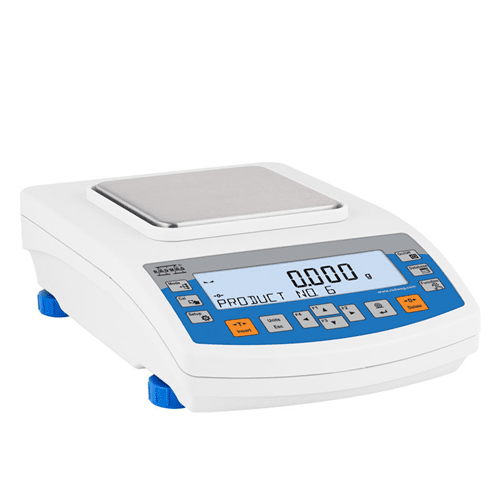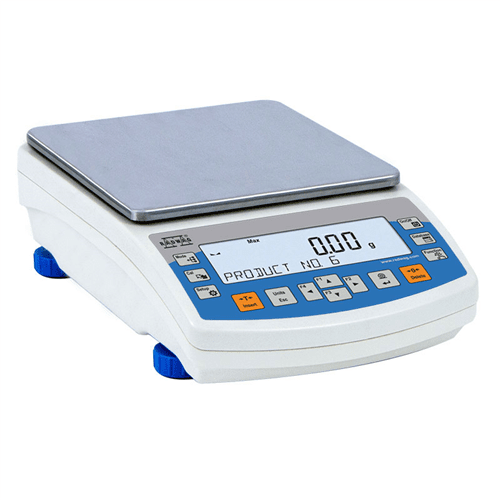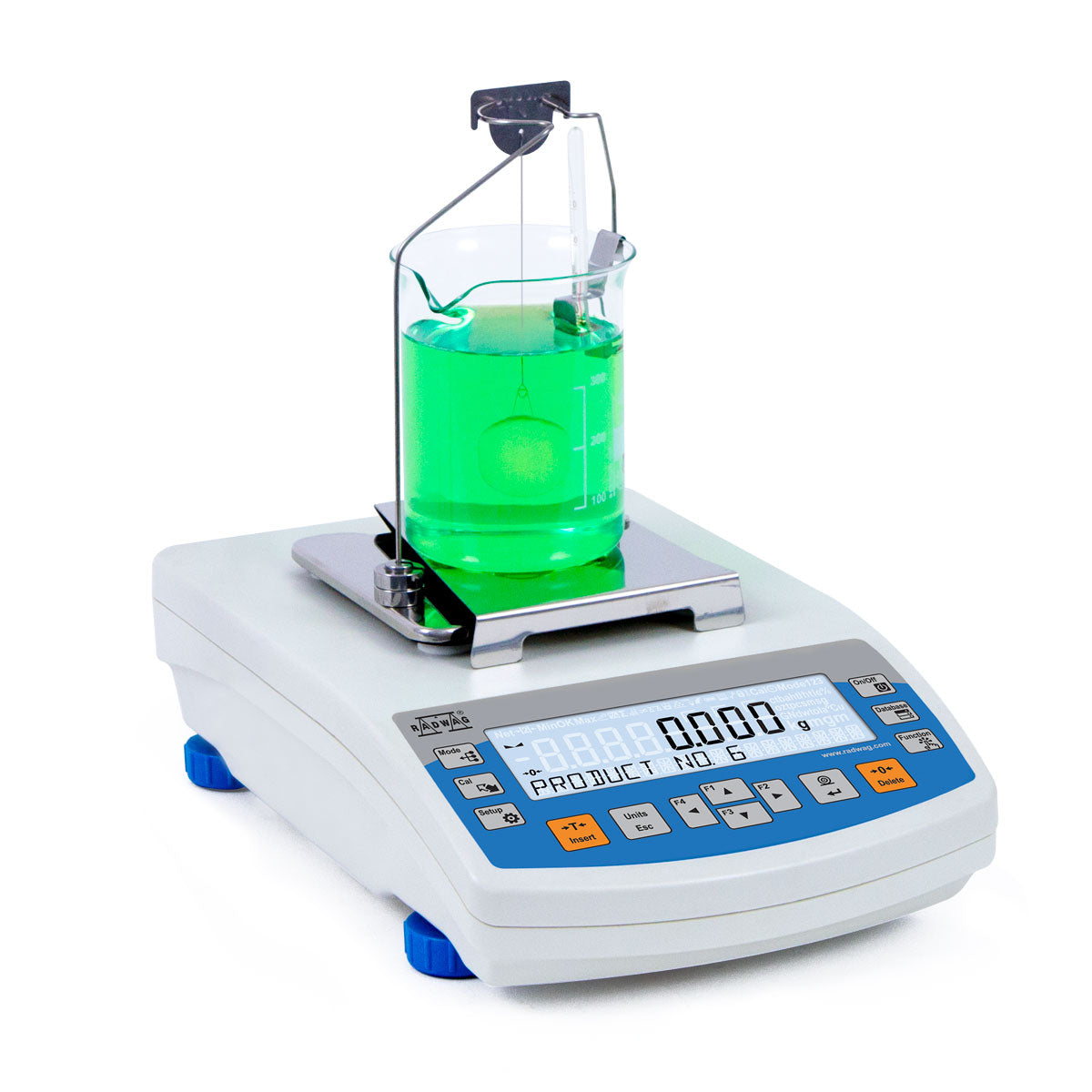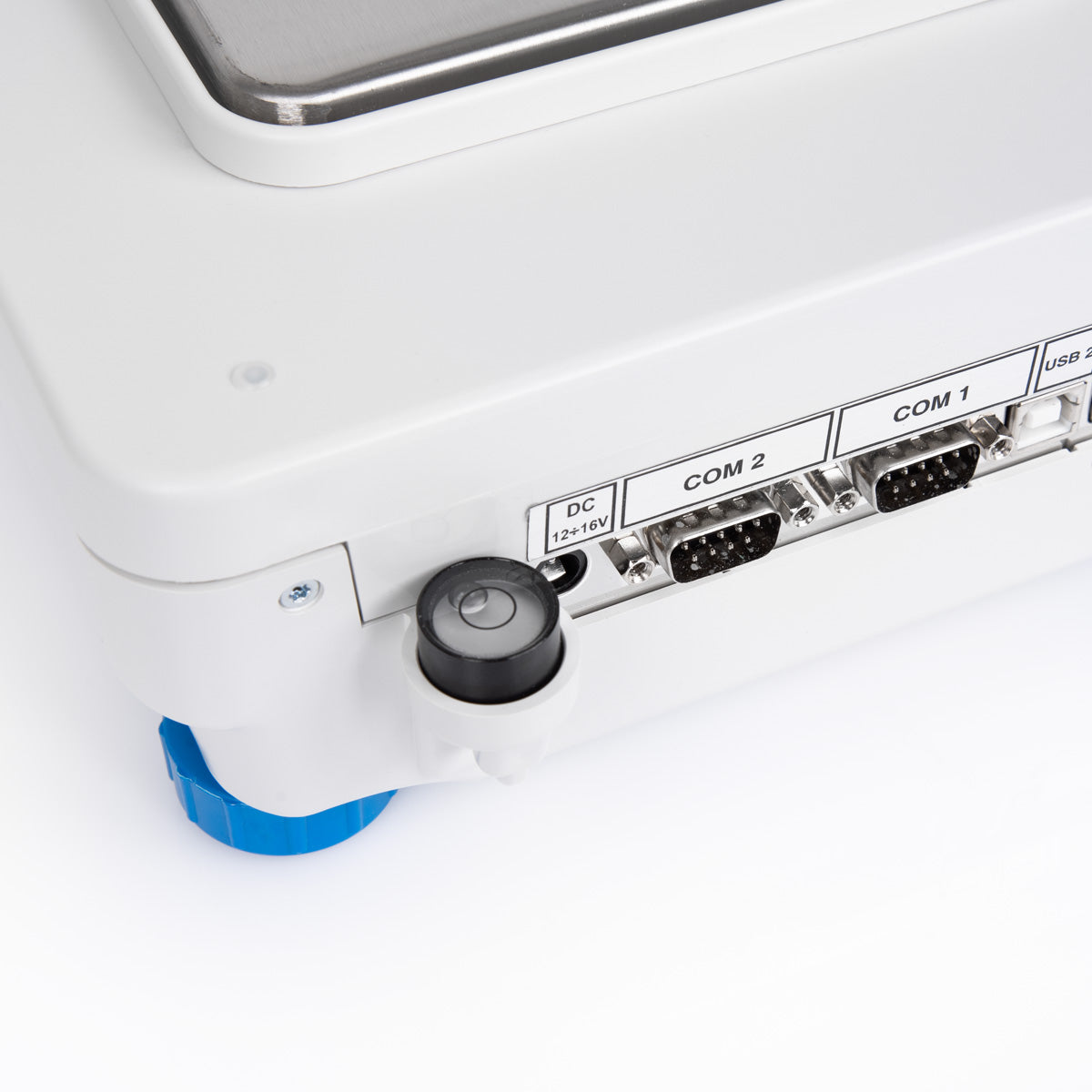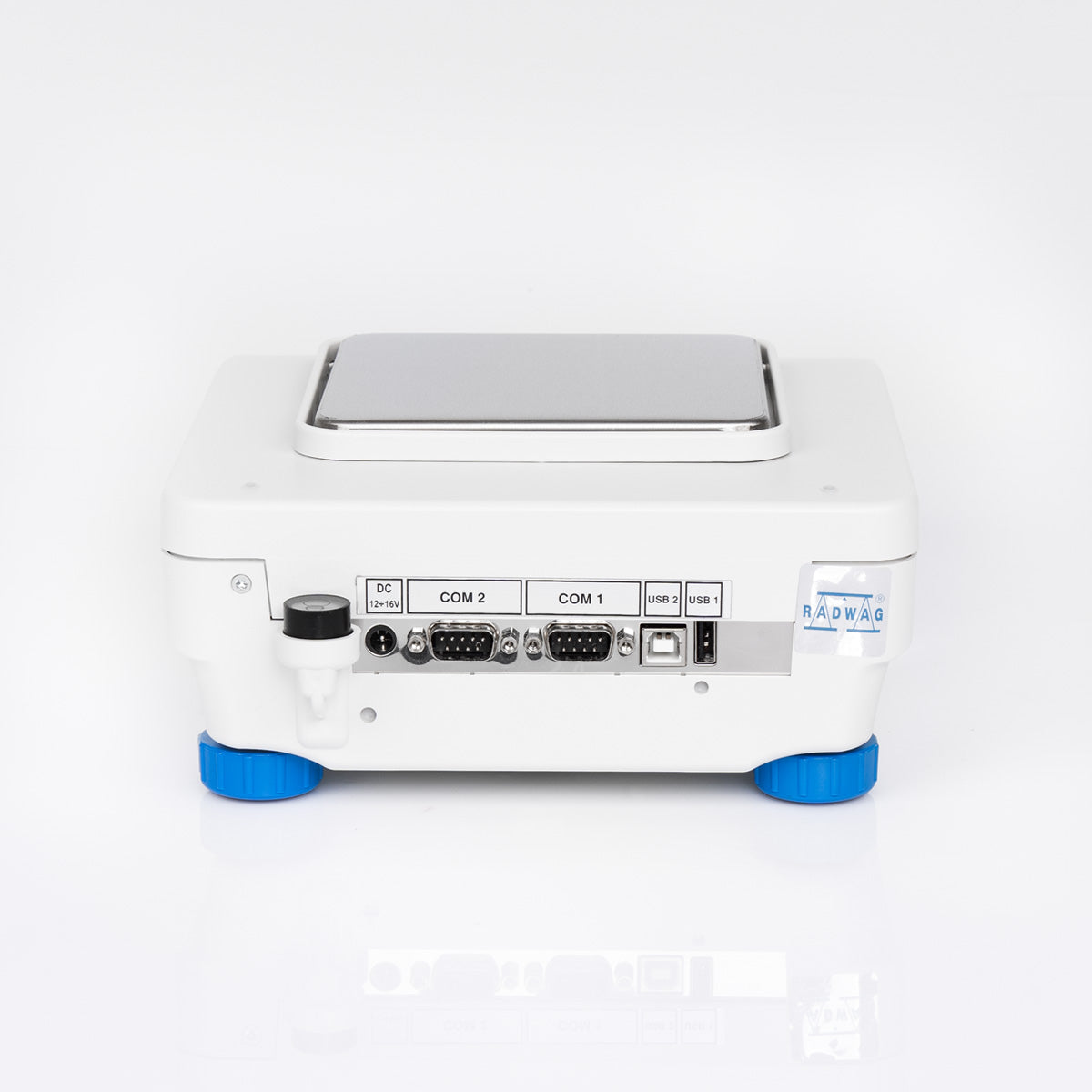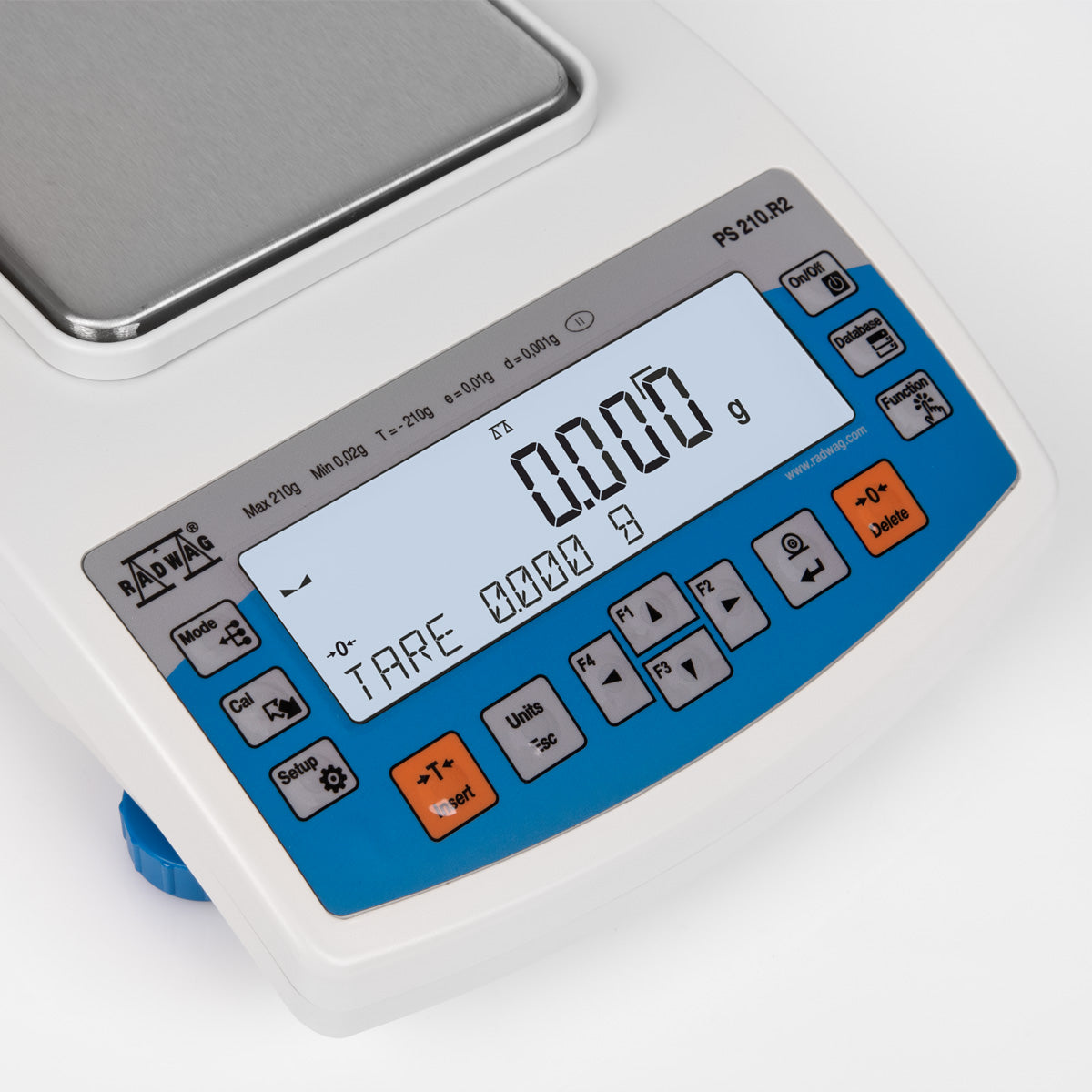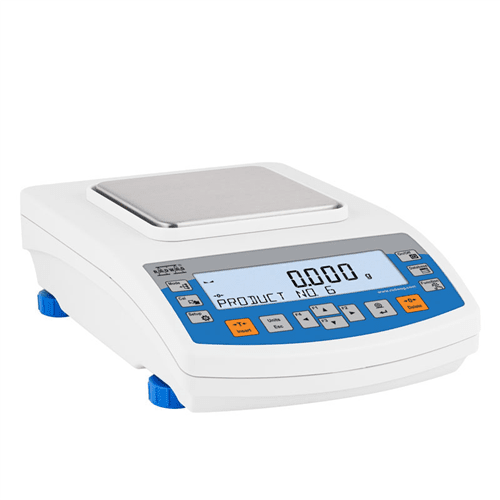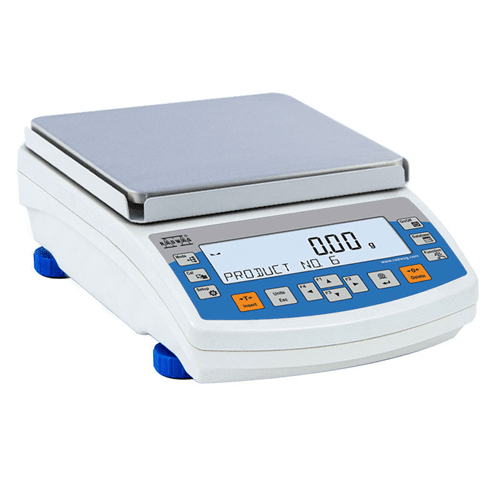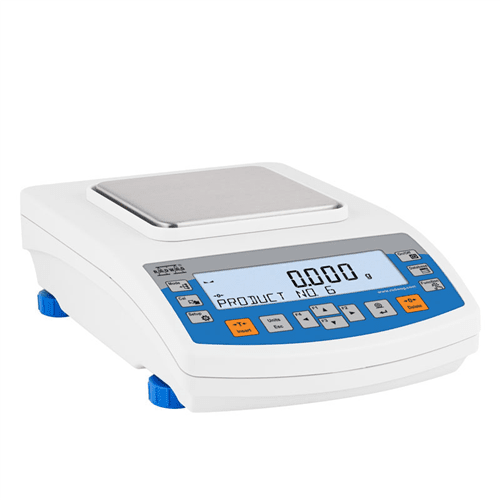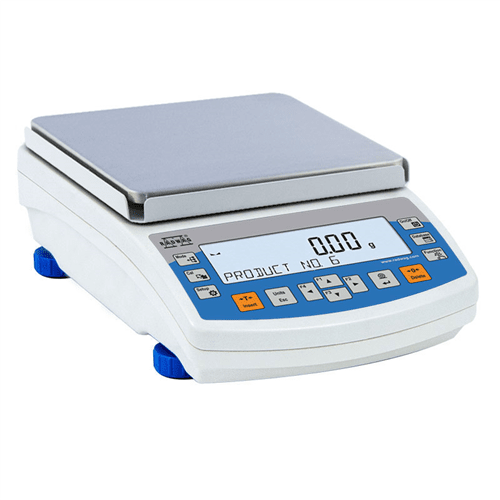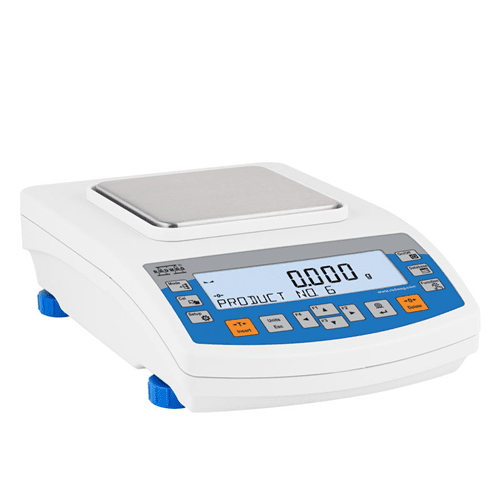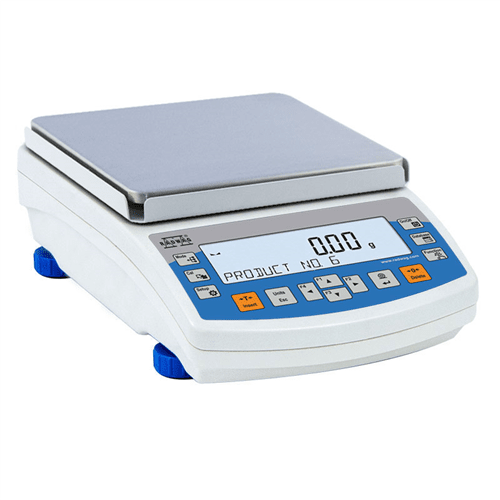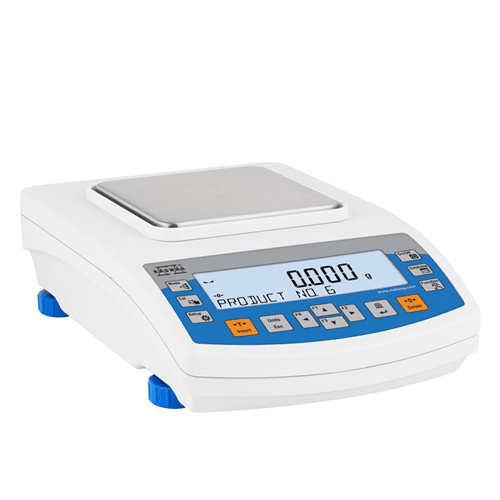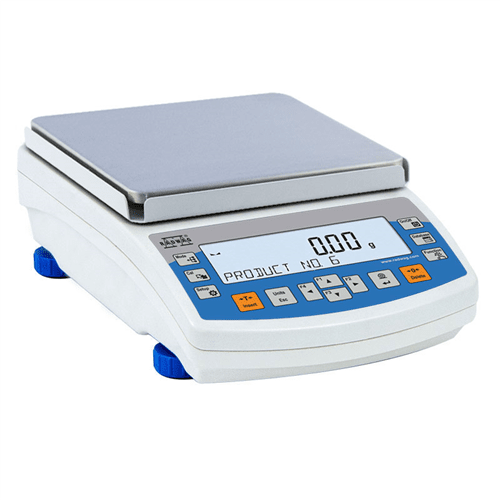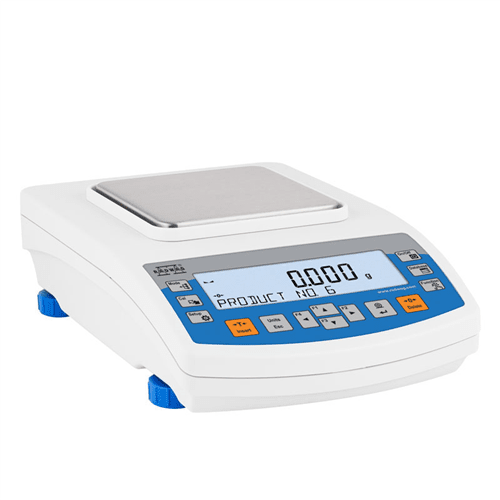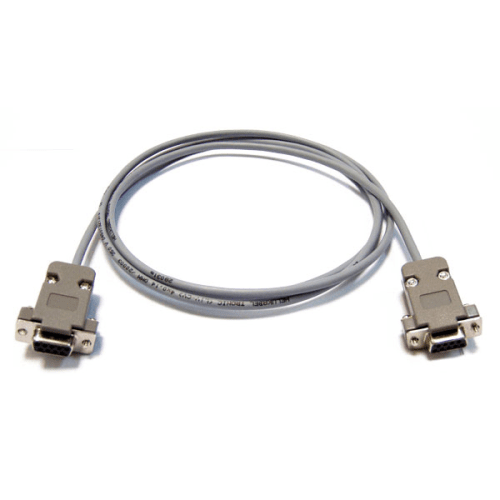RADWAG
Precision balance PS R2
Precision balance PS R2
SKU:WL-212-0018
Couldn't load pickup availability
Estimated delivery time: 2-3 weeks
Warranty: 3 years
The RADWAG precision balance PS R2 series balances represent a new standard of precision balances. They feature a new, readable LCD display, which allows a clearer presentation of the weighing result. Besides, the display has a new text information line allowing to show additional messages and data, e.g. product name or tare value.
Readability [d]: 1 mg - 10 mg
Maximum capacity [Max]: 200 g - 10100 g
Share
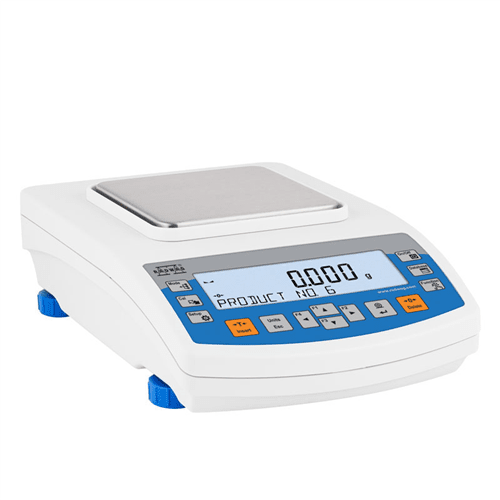
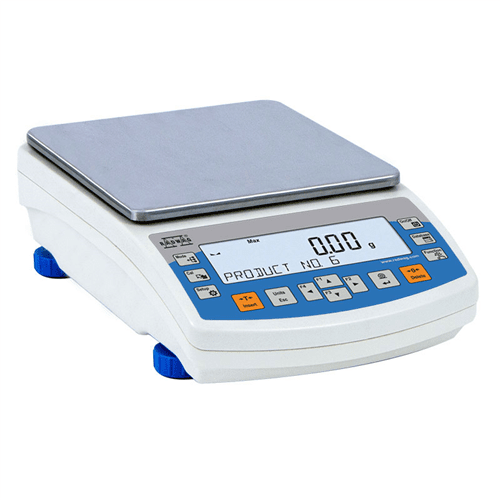


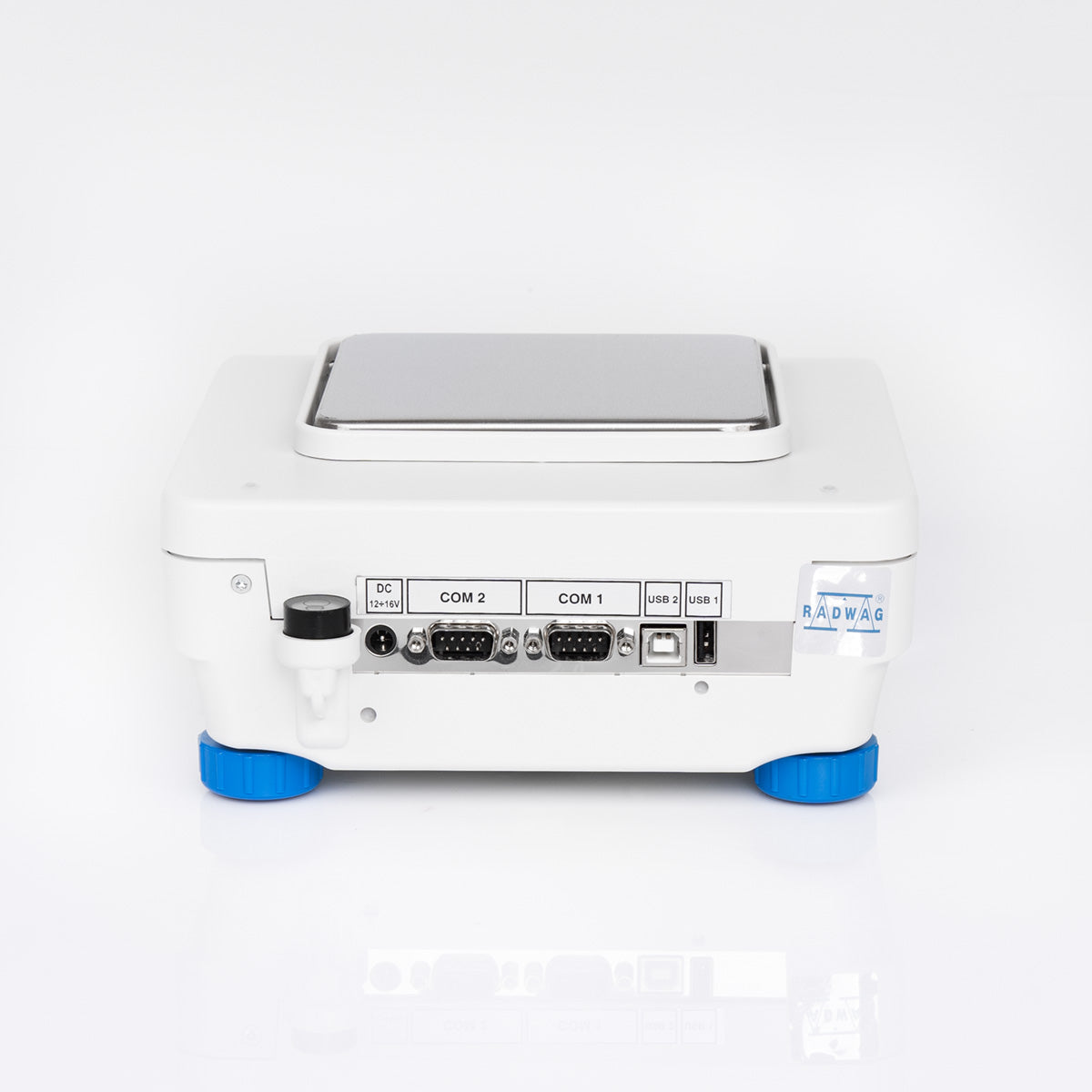
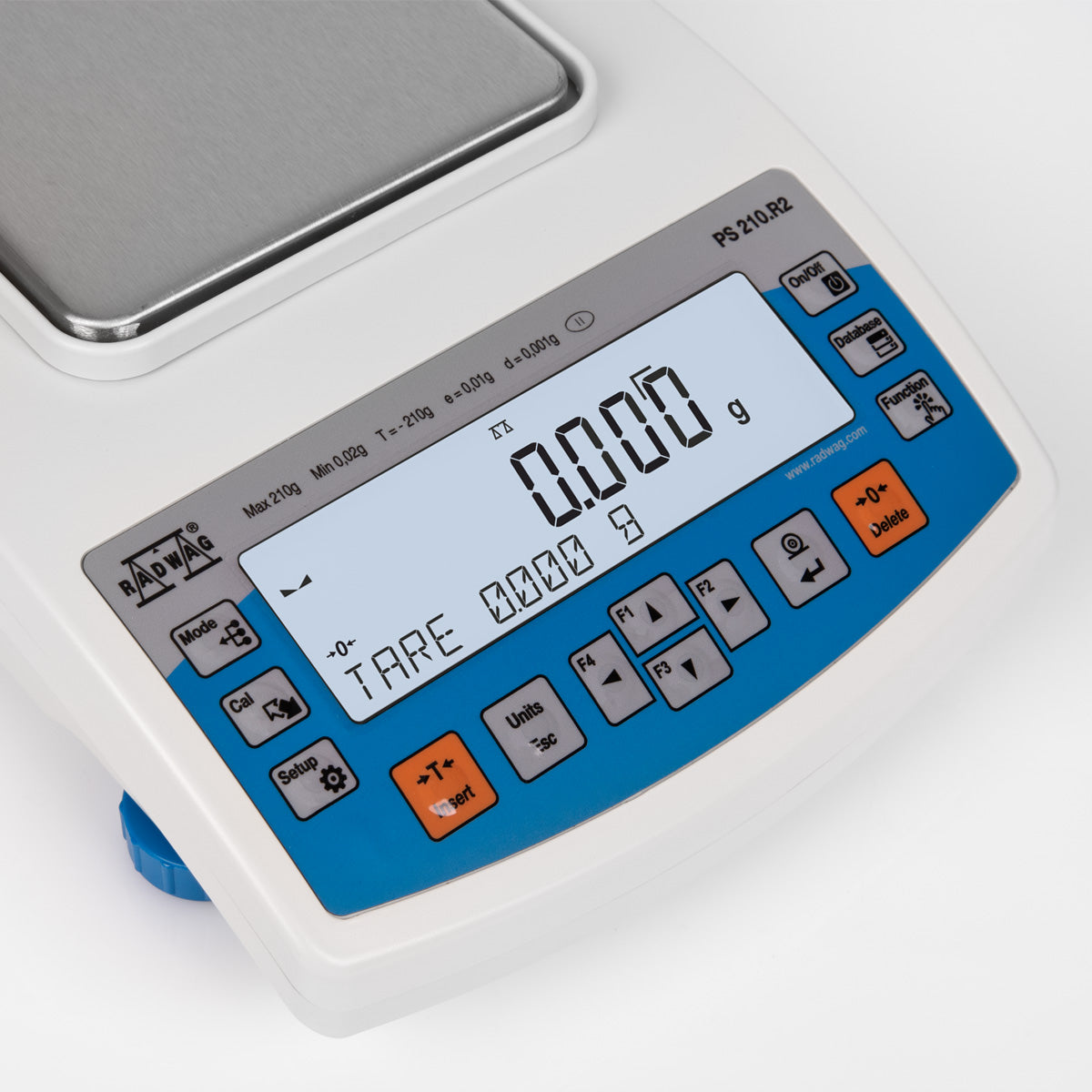
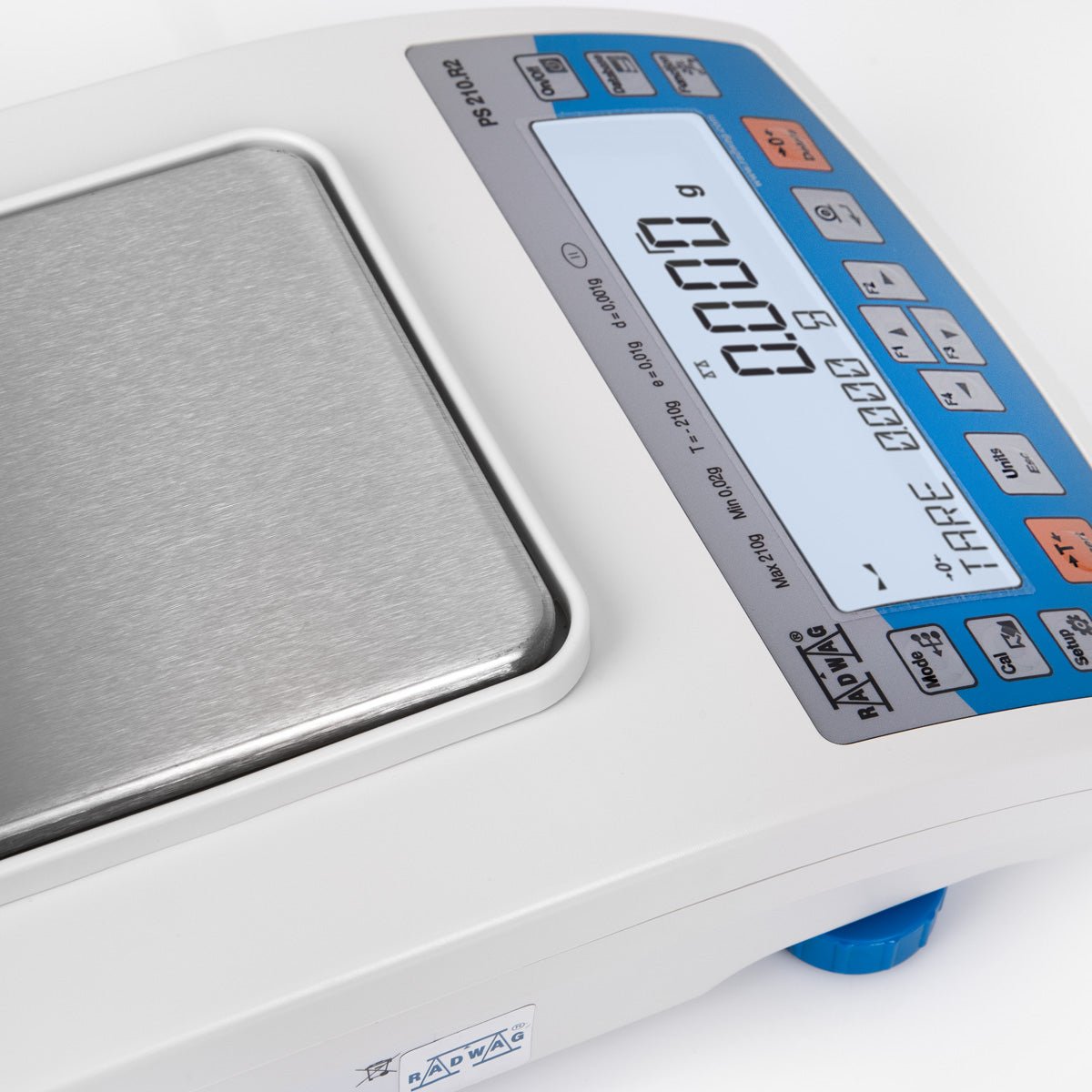
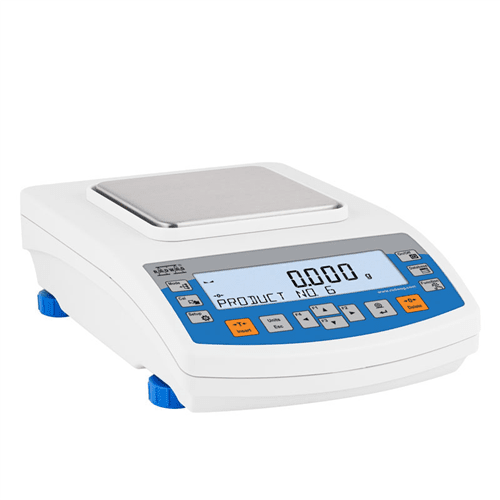
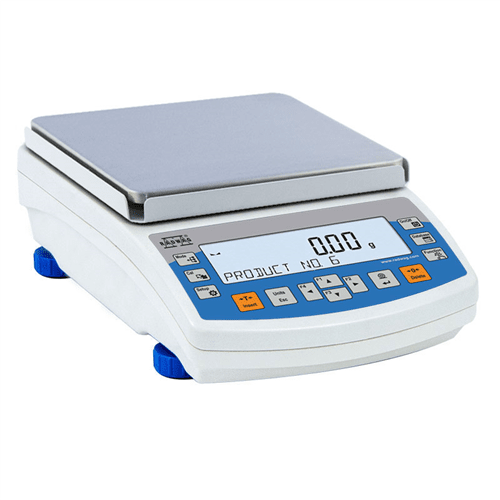
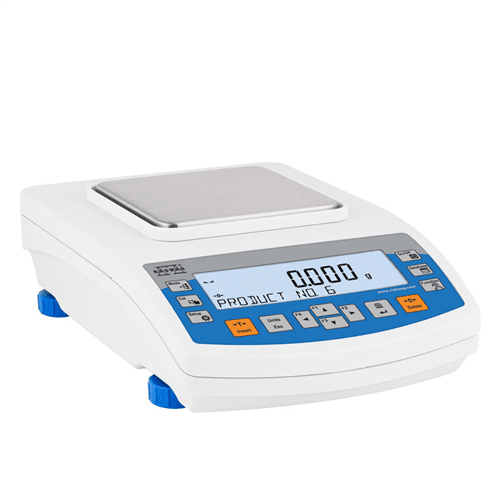
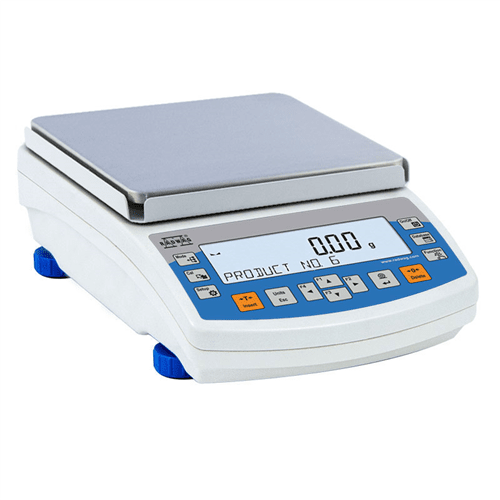

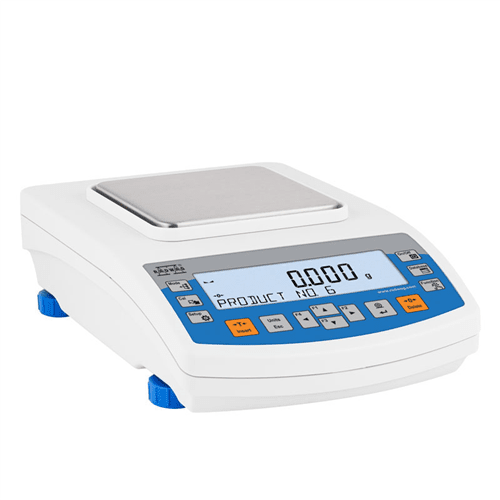
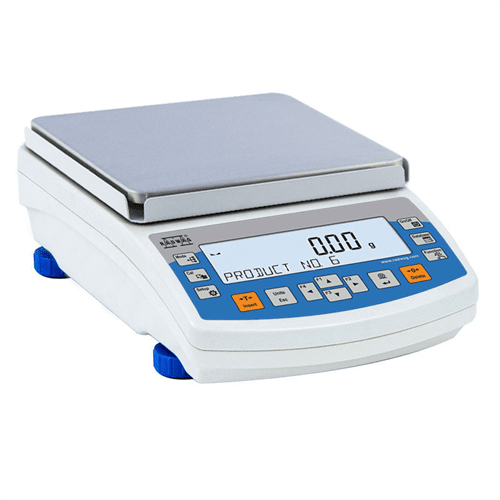
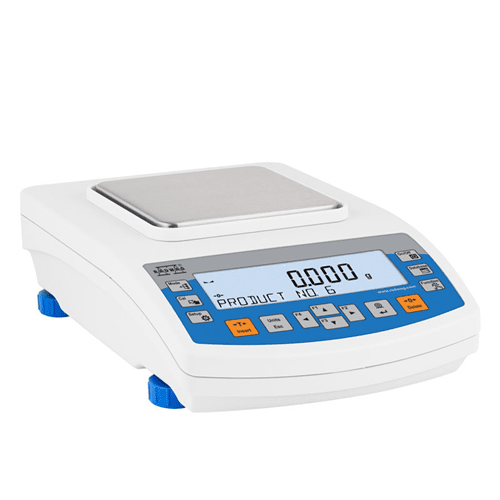
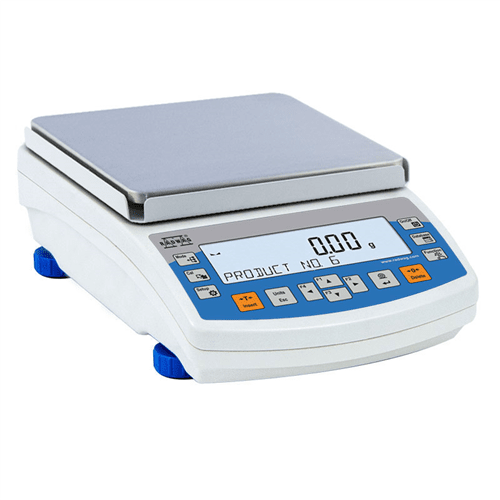
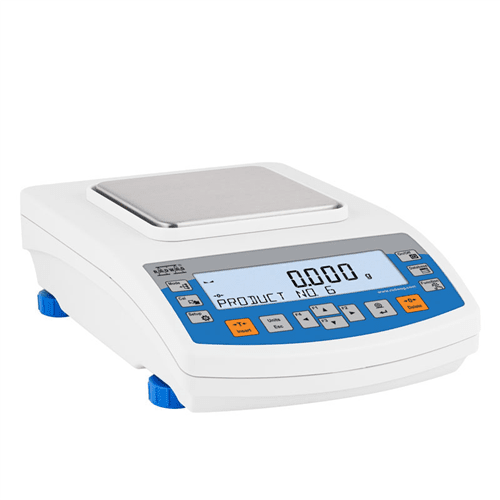

Options and accessories for precision balance RADWAG PS R2 -series
-
RS232 cable for RADWAG balances (Balance - PC) - 1,7m
Regular price €23,33 VAT 0%Regular priceUnit price / per

Communication Interfaces
New PS R2 balances, like previously designed PS series balances, have pans in two possible dimensions: 128x128 mm or 195x195 mm balances with a smaller pan have a draft shield. The balance precision and the measurement accuracy is assured by automatic internal adjustment, which takes into consideration temperature changes and time flow PS R2 balances feature several communication interfaces: 2 x RS 232, type A USB, type B USB and optional Wireless Connection.
The balance may cooperate with computer by means of USB interface supposing a supplementary software has been installed (respective driver).
The said driver may be downloaded from RADWAG website – SOFTWARE link or SUPPORT section.
The housing is made of plastic, and the pan is made of stainless steel.The balances have a possibility to weigh products out of the pan (under-pan weighing) - the load hangs under the pan.

Databases
The information system is based on 5 databases, which allows for several users to work with several products databases, and the registered weighing results can be subject to further analysis. The data is registered in 5 databases:
- users (up to 10 users),
- products (up to 1000 products),
- weighments (up to 5000 weighments),
- tares (up to 100 tares),
- ALIBI memory (up to 100 000 weighments).
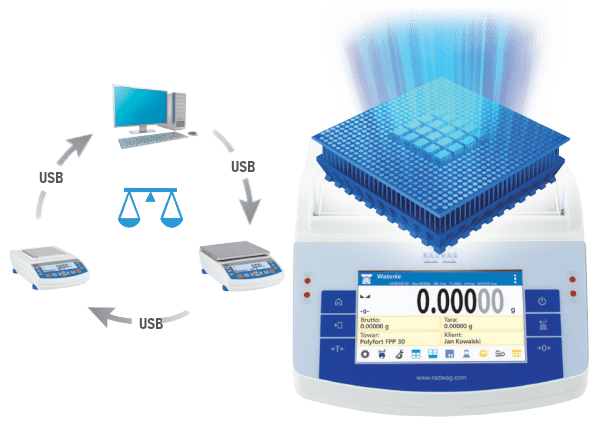
Quick access to information
There is two directions data exchange within the system thanks to a quick USB interface. New balances allow to import and export databases using USB pen drives. Direct access to functions and databases is possible from the level of keyboard.
- Database - a direct access to databasis
- Function - a direct access to the basic functions
- F1 do F4 - programmable function and navigation keys on the menu
ALIBI memory
The used ALIBI memory is a data secure area and allows to record up to 100 000 weighment records. It ensures security of constant data register in the long time period.
Functions
Autotest
Diagnostic function aiming at metrological parameters determination (repeatability), the parameters are determined for the actual conditions of use. When speaking of repeatability it may be also used for weighing time optimization. Autotest is operated in an automatic mode thus operator’s time is saved.
Dosing
Weighing process for which reference mass has been determined together with tolerance for its determination. Dosing tolerance is given in [%] and it is calculated in relation to the reference value thus being a permissible deviation of this process. This solution is used for weighing powders, liquids and loose materials. Dosing function performance is often supported with bargraph - load indicator. For industrial scales it is possible to use a control systems of dosing process.
Percent weighing
Percent Weighing function is used for comparision of measured products with mass standard. Mass of a mass standard may be a numeric value taken from a database or it may be determined through a measurement process. Each measured product is compared to mass standard, mass of which is presumed as a model 100% ideal mass. For products weighing less than the mass standard, obtained results are lower than 100%, for products weighing more, the obtained results are greatly exceeded.
Totalizing
Function adding new mass value to already obtained one. This allows to determine mass content of the mixture, being a composition of number of different consistence components. Totalizing is limited by maximum capacity parameter.
Parts counting
Function using mass measurement for determination of measured items quantity. Mass of a single item is required for this process. It may be either estimated through weighment or taken from a database. For items counting the following algorithm is used: all items mass / single item mass = quantity. Function operation is supperted by a mechanism of Automatic Correction of Accuracy. This allows to update single item mass in course of the process. To a certain extend Automatic Correction of Accuracy eliminates error which may be a result of different mass values of seemingly alike single elements. For industry solutions items counting may be simultaneously carried out with checkweighing and dosing thus industry solutions feature audio signalling base informing that specified number of items has been weighed. It is possible to apply weighing systems using few platfroms of different MAX capacities and different accuracies.
Peak hold
Function registering the greatest temporary indication occurring in course of the weighing process. It is most often used in medical scales in order to hold the measurement indication.
Statistics
Statistiscs function registers and analyses performed measurements. This supplies the user withthe following information: Max and Min standard deviation, average value, variance, range et.
Checkweighing
Checkweighing function is used for checking whether the measured sample mass is within the predefined threshold values, Low [LO] and Hgh [HI]. The thresholds are given in [g] and [kg] units. Current state of a sample being measured is signalled by means of pictorgams located on a display for laboratory balances, for industrial scales Stackligt System is used. This visual +/- inspection is in operation during segregation, control or packing process of products for which mass has bees determined with a specifaied tolerance, eg. 12860 g 961
GLP procedures
Diagnostic function allowing to objectively document performed measurements. GLP procedures may be either presented in a short report form or extended one.
Animal weighing
Process of mass determination for a product which may unwillingly reposition within the weighing pan. Mass determination in such cases requires much longer period of time when compared to typical weighing process. It is the user who defines period of time needed for control of measured product mass. The user can thus optimize the function depending on the measured product characteristics.
Density determination
Liquid or solid body density function uses the Archimedes principle and it requires a special kit to be applied. The kit when used, replaces a weighing pan. For solids mass of the sample must be determined first in the air, next in the liquid of specified density. For liquids the so called sinker, density of which has been determined, must be measured first in the air, next in the tested liquid. The density determination process is disturbed by air bubbles which may stick either to the measured sample or the sinker. In case of laboratory equipment very light solids may be measured. For industry, solid bodies density may be determined by means of under-pan weighing. Tested load of significant size may be measured this way.
